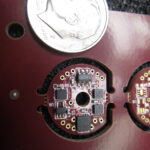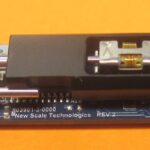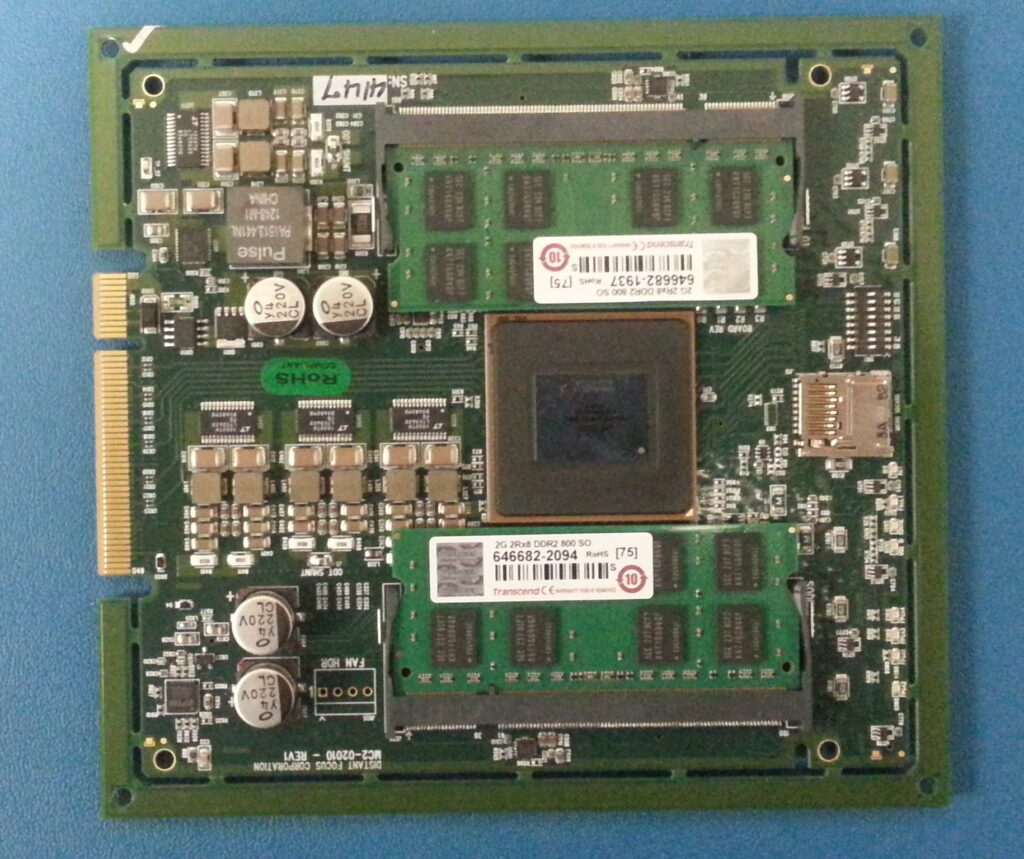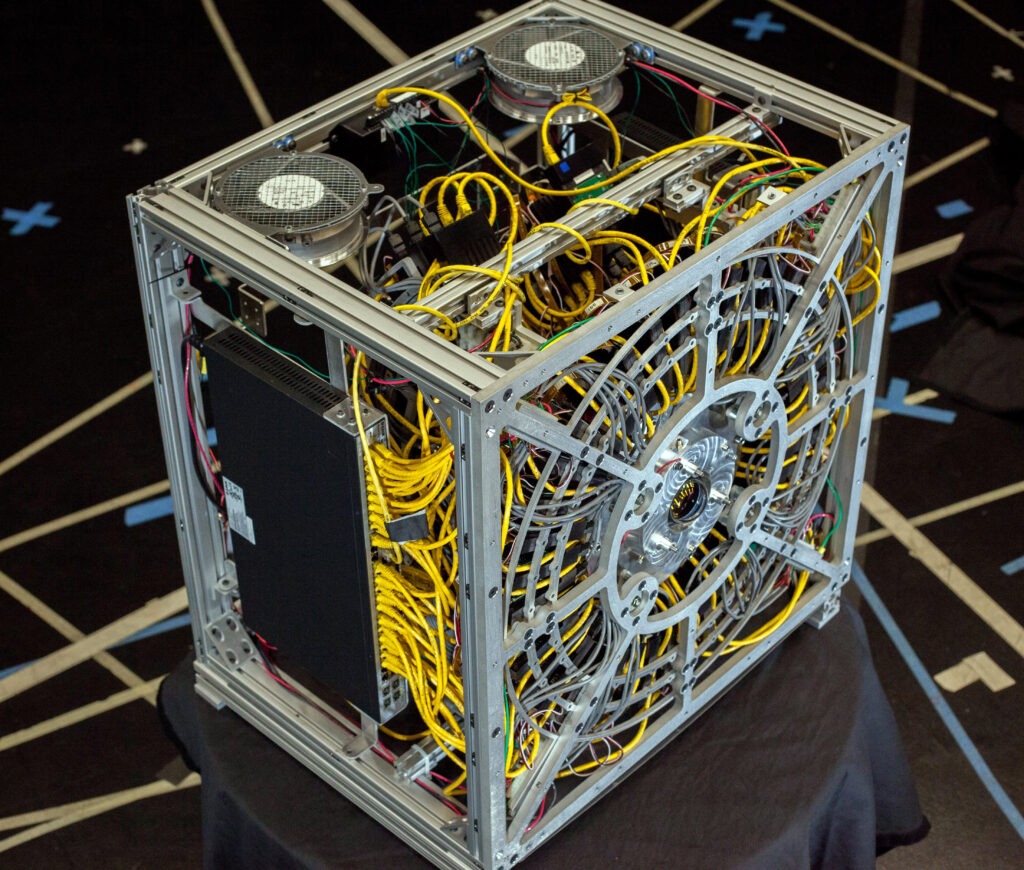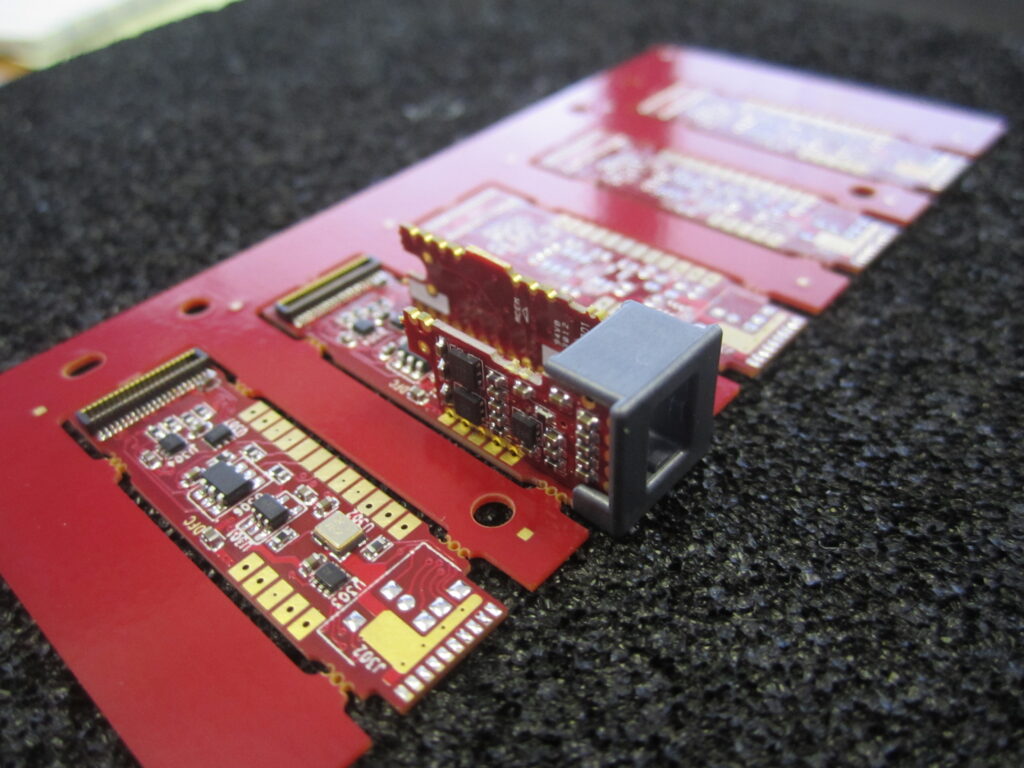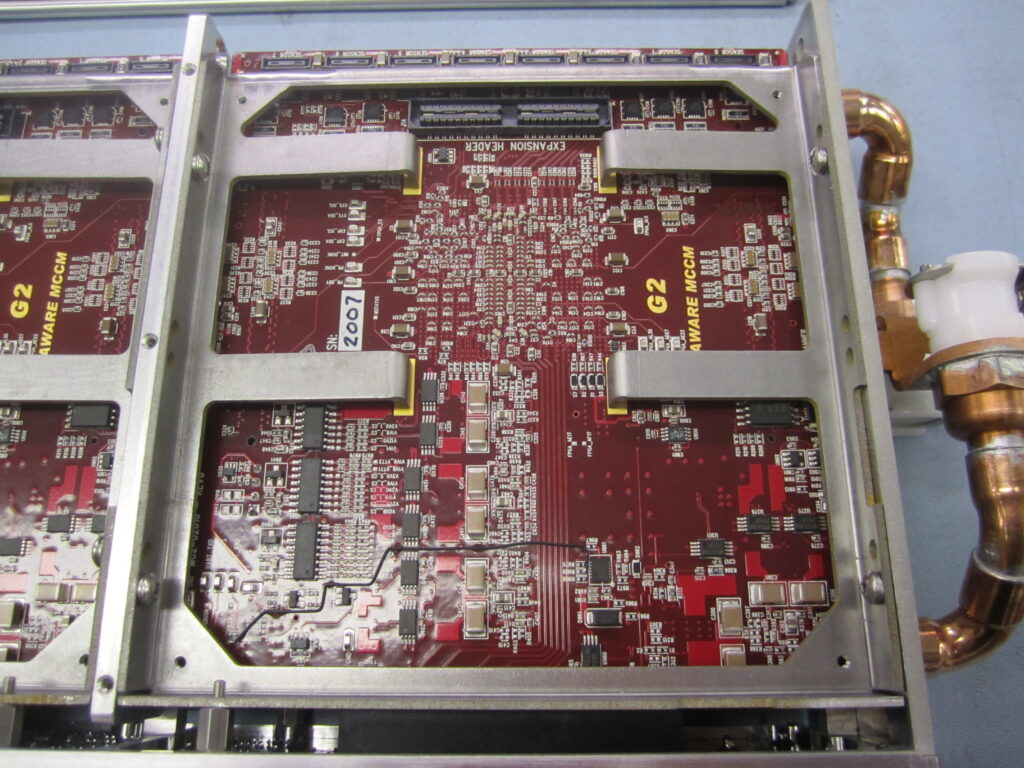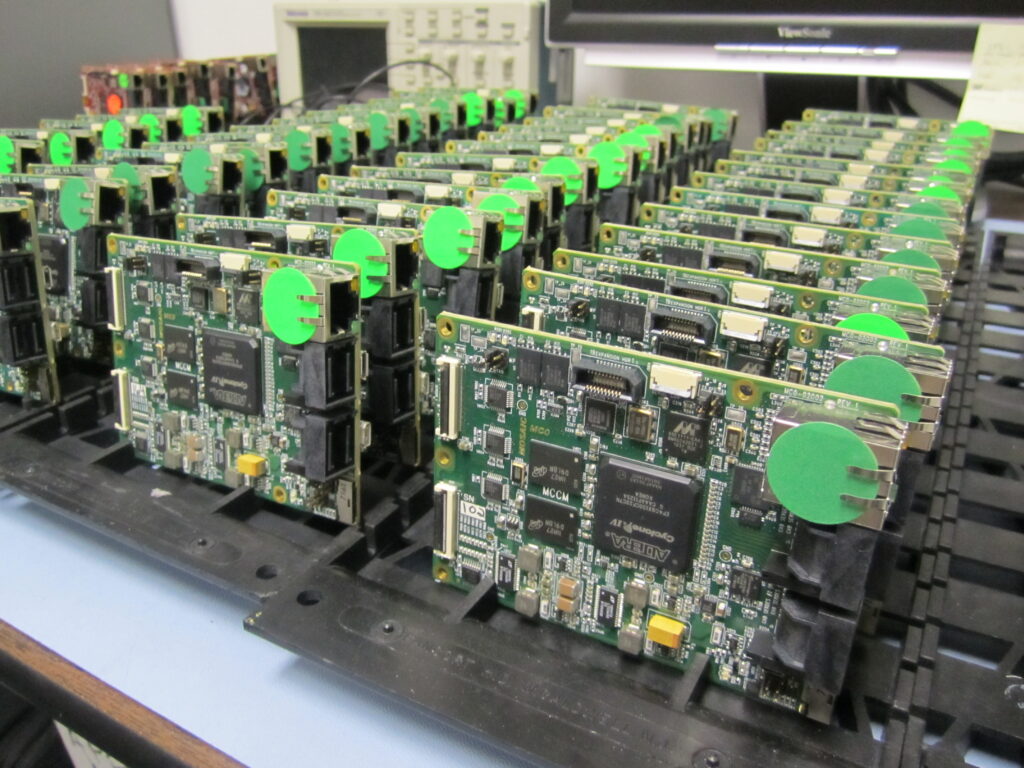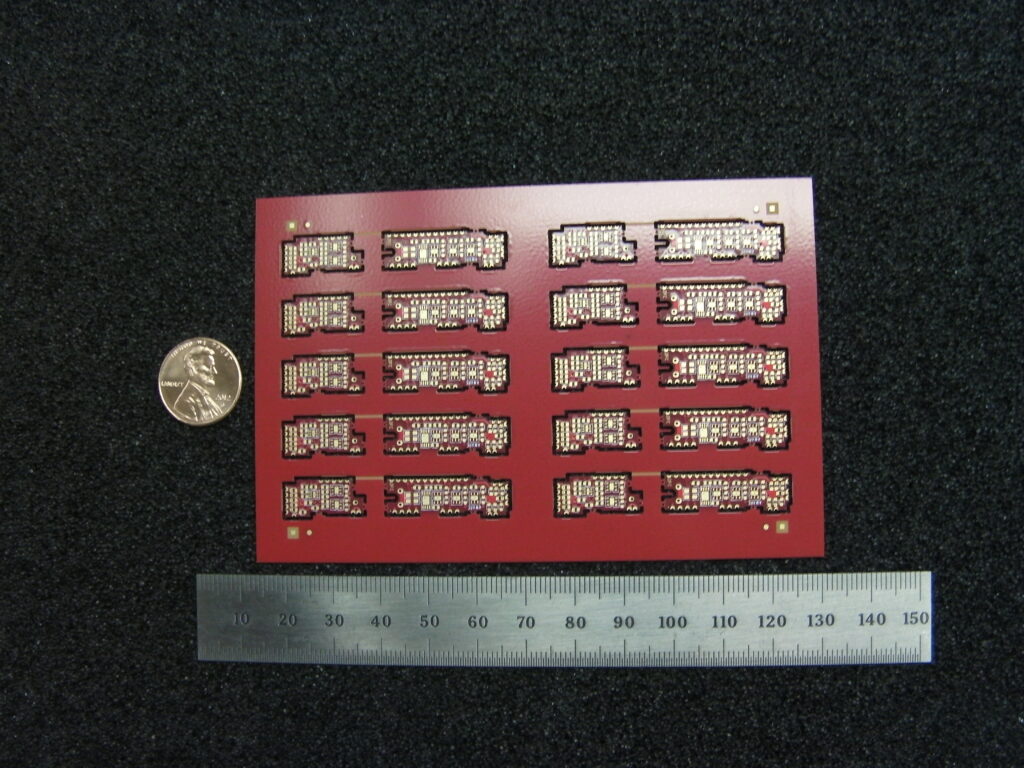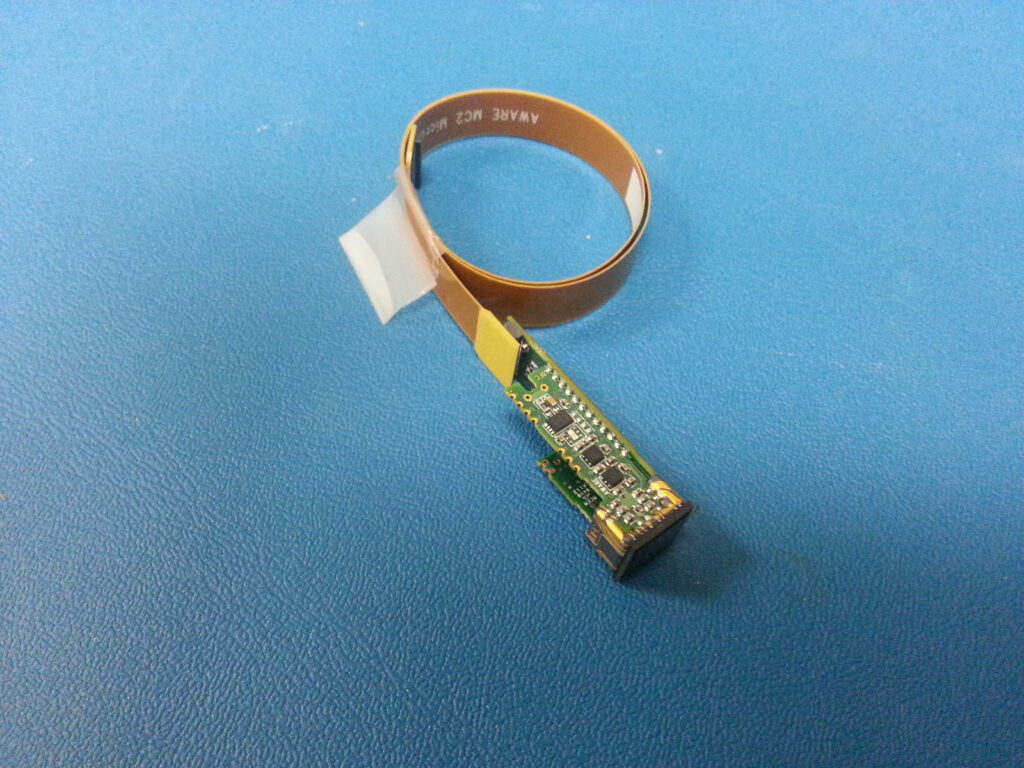The AWARE Program Captured Images With Billions of Pixels
Gigapixel-class cameras are the supercomputers of imagery
The ability to see farther, with higher clarity, and through darkness and/or obscurants, is vital to nearly all military operations. The goal of one project advanced by the Defense Advanced Research Project Agency (DARPA) was to create a 50-gigapixel live video camera that could support multiple users each viewing independently selectable regions of the entire image array at 15-30fps.
The initial system called for 3,600 14 Megapixel image sensors to operate simultaneously.
An initial monochrome system was developed for Phase I proof-of-concept and was successful. MTSI developed the system architecture that could process 1.5 trillion pixels-per-second. The initial prototype was a 1.1 giga-pixel system that used an array of over 90 14-Megapixel micro-cameras. MTSI developed the FPGA, circuits, PCB layouts, and code that ran on large FPGAs to read, process, store, and transmit the image data. MTSI also developed the higher speed Phase II system which supports a cluster of eight color micro-cameras per FPGA.
MTSI manufactured all of the electronics (camera and water-cooled video data collector assemblies) for both Phase I and Phase II using state of the art 3D-printed circuit board technology utilizing complex production fixtures.
DARPA officials compared the concept behind gigapixel-class cameras to that of a supercomputer, which centralizes the power of multiple processors. They are being pursued to give troops greater resolution in smaller sensor packages.
National Defense
Capable of capturing images with billions of pixels, these cameras have the remarkable ability to focus on astonishing levels of detail, allowing viewers to zoom in and explore even the tiniest elements of a scene with unparalleled clarity.

Robert Beckhusen
Robert Beckhusen is a case studies and content marketing editor for Micro Technology Services.



